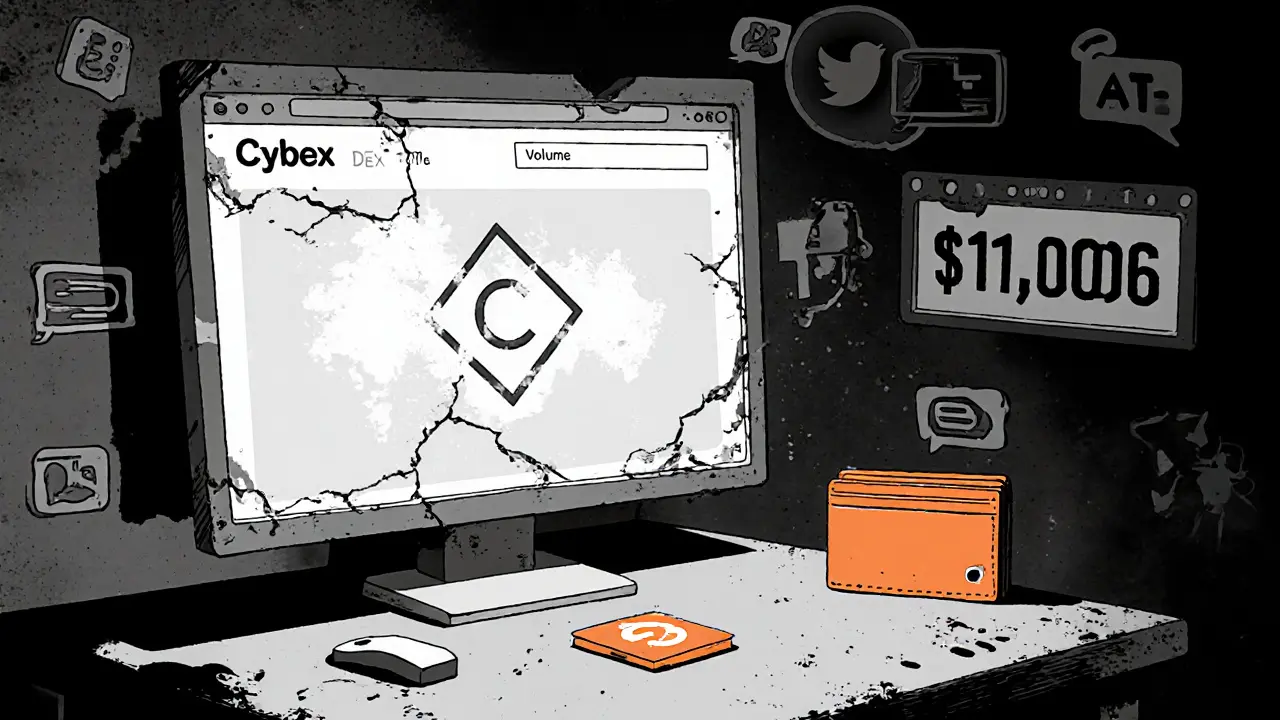Decentralized Exchange Review: What Works, What Doesn’t, and Who Gets Left Out
When you hear decentralized exchange, a crypto trading platform that lets users trade directly without a central authority holding their funds. Also known as non-custodial exchange, it’s supposed to give you full control—no KYC, no bank accounts, no middlemen. But in practice, many of these platforms still lock you out based on where you live, what wallet you use, or how much you’re trading. The idea sounds perfect: trade Bitcoin for Ethereum without asking anyone’s permission. But the reality? Most so-called decentralized exchanges still rely on centralized infrastructure, limited liquidity, or legal loopholes to survive.
Take dYdX, a DeFi exchange that markets itself as fully decentralized but blocks users in the U.S., UK, Canada, and other major markets. Also known as geoblocked DeFi platform, it’s a perfect example of how the industry walks a tightrope between decentralization and regulation. You can’t trade on dYdX if you’re in the U.S.—even though the code runs on a blockchain. That’s not decentralization. That’s compliance theater. Meanwhile, platforms like Voltage Finance, a low-fee DeFi exchange built on the Fuse Network. Also known as Ethereum alternative exchange, it offers real non-custodial trading but struggles with low traffic and thin order books. No one’s making big trades there because no one’s there to trade with. These aren’t failures—they’re trade-offs. Decentralized exchanges often sacrifice liquidity, speed, or accessibility to avoid central control.
What you’ll find in this collection are real reviews of platforms that claim to be free, open, and permissionless—but often aren’t. We dug into why some exchanges ban users under the guise of "compliance," why others have zero volume despite fancy marketing, and how you can tell if a "decentralized" platform is actually just a centralized one with a blockchain logo. Some of these reviews expose scams. Others reveal honest limitations. None of them sugarcoat the truth. If you’ve ever wondered why your favorite DeFi app won’t let you trade, or why your funds feel locked in even when you own your keys—this is where you’ll find the answers.
